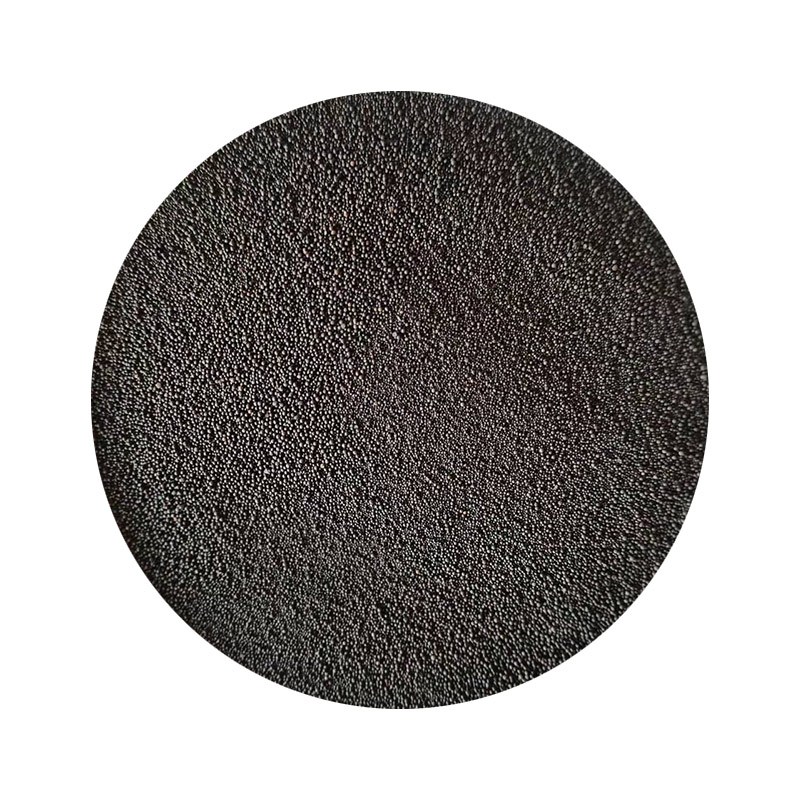Understanding Sand Cast Iron A Comprehensive Overview
Sand cast iron, a crucial material in various manufacturing processes, plays a significant role in the foundry industry. Its versatility, strength, and adaptability make it a preferred choice for a multitude of applications, including automotive components, machinery parts, and decorative items. This article delves into the characteristics, advantages, applications, and the casting process of sand cast iron, providing a comprehensive overview of this remarkable material.
Characteristics of Sand Cast Iron
Sand cast iron refers to iron that has been cast into a mold made of sand. The primary alloy used is gray iron, which is distinguished by its unique properties, including excellent castability, good machinability, and superior wear resistance. Composed primarily of iron, carbon, and silicon, it exhibits a microstructure that facilitates the formation of graphite flakes, imparting distinct characteristics that enhance its performance in various applications.
One of the essential characteristics of sand cast iron is its ability to absorb vibrations, making it an ideal material for components that require stability, such as engine blocks and machine bases. The presence of graphite not only contributes to the material's excellent thermal conductivity but also enhances its corrosion resistance, making it suitable for a wide range of environmental conditions.
Advantages of Sand Cast Iron
The use of sand cast iron offers several advantages over other materials. Firstly, the manufacturing process itself tends to be cost-effective, primarily due to the low cost of sand, which is the primary molding material. This process allows for large-scale production at a reasonable cost, making it economical for mass-manufactured products.
Furthermore, sand casting provides excellent flexibility in terms of design. Complex shapes and intricate details can be achieved without compromising the structural integrity of the final product. This flexibility is particularly beneficial in industries where customized components are crucial.
Additionally, sand cast iron exhibits excellent mechanical properties, including high tensile strength and durability
. These features are crucial for ensuring that components can withstand the rigors of their intended use, whether in automotive engines or heavy machinery.sand cast iron

Applications of Sand Cast Iron
The versatility of sand cast iron has led to its widespread use across various industries. In the automotive sector, components such as engine blocks, cylinder heads, and brake components are commonly made from sand cast iron due to their strength and thermal properties. The material's ability to dissipate heat effectively helps improve the performance and longevity of these critical parts.
In machinery, sand cast iron is used to manufacture bases, frames, and gears, where stability and durability are vital. The construction industry also utilizes sand cast iron for castings such as manhole covers and street furniture, where high wear resistance and the ability to withstand heavy loads are essential.
Moreover, sand cast iron finds its place in artistic applications, where artisans and designers create decorative pieces. The material's aesthetic appeal adds an artistic dimension to functional objects, blending form and function seamlessly.
The Sand Casting Process
The sand casting process involves several key steps preparing the sand mold, pouring molten iron into the mold, solidifying the iron, and finally, removing the casting from the mold. The molding sand is mixed with a bonding agent, typically clay, and water to enhance its durability. Once the molten iron is poured into the prepared mold, it fills the cavity and takes on its shape as it cools and solidifies.
This process's inherently simple nature and the ability to reuse the sand make it not only efficient but also environmentally friendly, aligning with contemporary sustainability goals in manufacturing.
Conclusion
In conclusion, sand cast iron stands as a vital material in numerous industries due to its unique properties, economic advantages, and versatility in design and application. As technology advances and new techniques emerge, sand cast iron will undoubtedly continue to play an essential role in the manufacturing landscape. Understanding its characteristics and advantages allows engineers and designers to harness its potential effectively for innovative solutions in various fields.
Post time:Dis . 19, 2024 20:27
Next:Understanding the Benefits and Applications of Lost Foam Sand Casting Techniques
